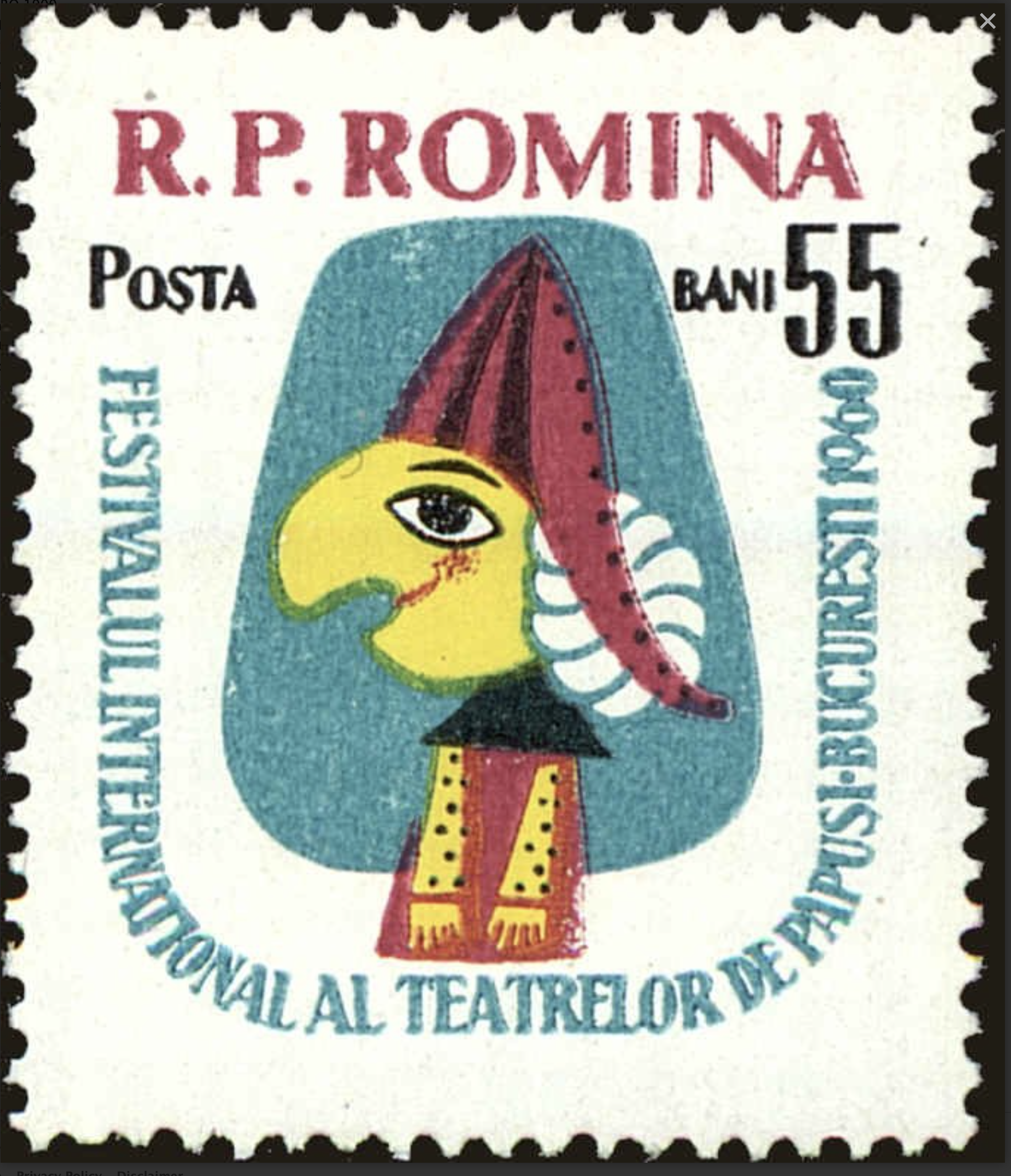Romania #1902 (1967) – Egyptian Vulture (Neophron percnopterus)
$0.35
Romania #1902 (1967) – Birds of Prey, Egyptian Vulture (Neophron percnopterus)
2 in stock
Description
Romania #1902 (1967) – Birds of Prey, Egyptian Vulture (Neophron percnopterus)
Used
The Egyptian Vulture (Neophron percnopterus), also known as the white scavenger vulture, is a bird of prey species found in parts of Europe, Africa, and Asia. It is known for its striking appearance and unique feeding habits. Here are some key characteristics and information about the Egyptian Vulture:
- Appearance: Egyptian Vultures are medium-sized raptors with distinctive white plumage, a yellowish face, and a yellow or orange bill. They have black feathers on the tips of their wings and a black tail. Juvenile Egyptian Vultures have more brownish plumage, which gradually turns white as they mature.
- Range: These vultures have a wide distribution range that includes parts of southern Europe, northern Africa, the Middle East, and parts of Asia. They are known for their long-distance migrations.
- Habitat: Egyptian Vultures are adaptable birds that can be found in a variety of habitats, including deserts, grasslands, agricultural areas, and open woodlands. They are often associated with rocky cliffs and steep slopes where they build their nests.
- Diet: Egyptian Vultures are scavengers, and their diet primarily consists of carrion (the flesh of dead animals). They are known for their unique feeding behavior, which includes using tools like rocks to break open eggs. They are also opportunistic and will feed on a wide range of food items, including insects, small mammals, and food scraps.
- Behavior: These vultures are diurnal, meaning they are active during the day. They are often seen soaring in the sky in search of food. They are social birds and may congregate at food sources, making them gregarious scavengers.
- Reproduction: Egyptian Vultures typically build their nests on cliffs or in other elevated locations. They lay one to three eggs, and both parents share the responsibilities of incubating the eggs and caring for the young.
- Conservation Status: The Egyptian Vulture is currently listed as an Endangered species by the International Union for Conservation of Nature (IUCN). They face significant threats from habitat loss, poisoning, electrocution on power lines, and other human-induced factors. Conservation efforts aim to protect their habitats and reduce these threats.
- Cultural Significance: The Egyptian Vulture has had cultural significance in various societies. It has been associated with ancient Egyptian mythology and is sometimes considered a symbol of purity and rebirth. In some regions, it is also linked to folklore and local traditions.
The Egyptian Vulture is a unique and iconic species with a critical role in its ecosystems as a scavenger. Conservation measures are essential to ensure the continued survival of this species, as its populations have been declining in recent years.
Ready to ship in 3-5 business days from United States (US)
Additional information
| Weight | 0.0149 lbs |
|---|---|
| Condition | |
| Country | |
| Scott Number | |
| Stamp Format | |
| Stamp Type | |
| Year of Issue |













